New Peugeot 408 crossover hybrid pushes sophistication and style
The Peugeot 408 is a pumped-up super-coupé, blending Gallic charm with perfect poise and everyday function

The new Peugeot 408 marks the French manufacturer’s first venture into crossovers. The 408 is a sister car to the Citroën C5 X, using the same platform, the same hardpoints and thus the same basic proportions. Yet while the C5 X boldly proclaimed itself to be a blended mix of SUV, estate car and grand tourer, the 408 has a slightly more dynamic and glamorous brief. Fitted with a more rakish rear end, as well as Peugeot’s current bold and faceted design language, inside and out, the 408 is described by the company as having the ‘look of a hatchback and the comfort of an SUV’.

The latter qualification comes courtesy of a slightly elevated ride height and massive wheels; there are no pretensions whatsoever to having any off-road ability. The 408 doesn’t have the commanding and hence rather arrogant driving position of a conventional SUV, but you’re also not right down at bumper level.
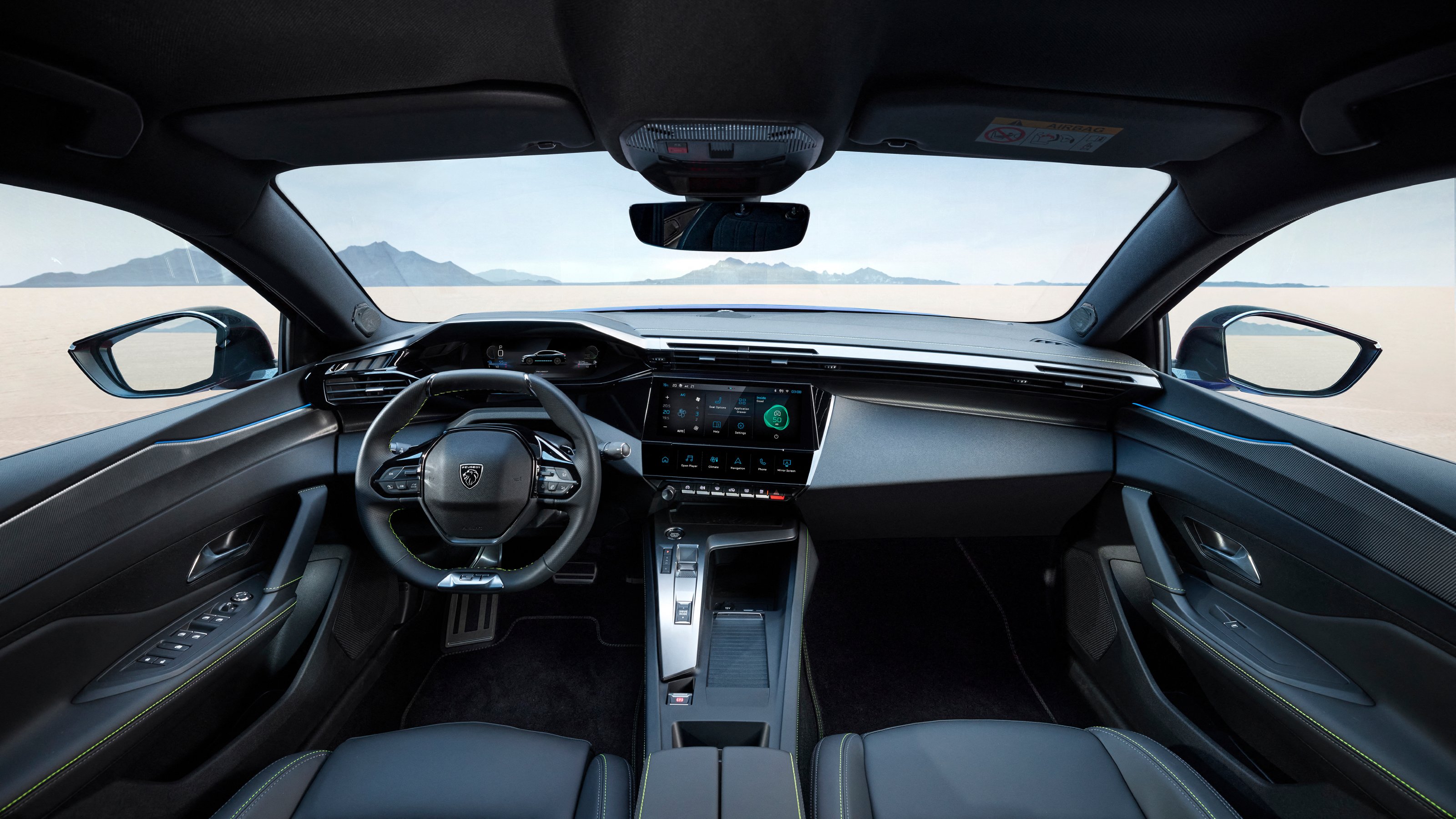
The cabin is dark, sober and sophisticated, although Peugeot’s ongoing insistence on placing the main instrument binnacle beneath the low-set, compact steering wheel is baffling. The most important information remains in your direct line of sight, but reshaping or relocating the display would seem to be a better fix.
This is what Peugeot calls its i-Cockpit, a system that’s found in the ten million Peugeots sold over the last decade. The combination of small, low wheel, high binnacle and touch screen is still idiosyncratic (in the best Gallic tradition); perhaps Peugeot will follow Lexus and Tesla down the path of yoke-shaped steering implements.
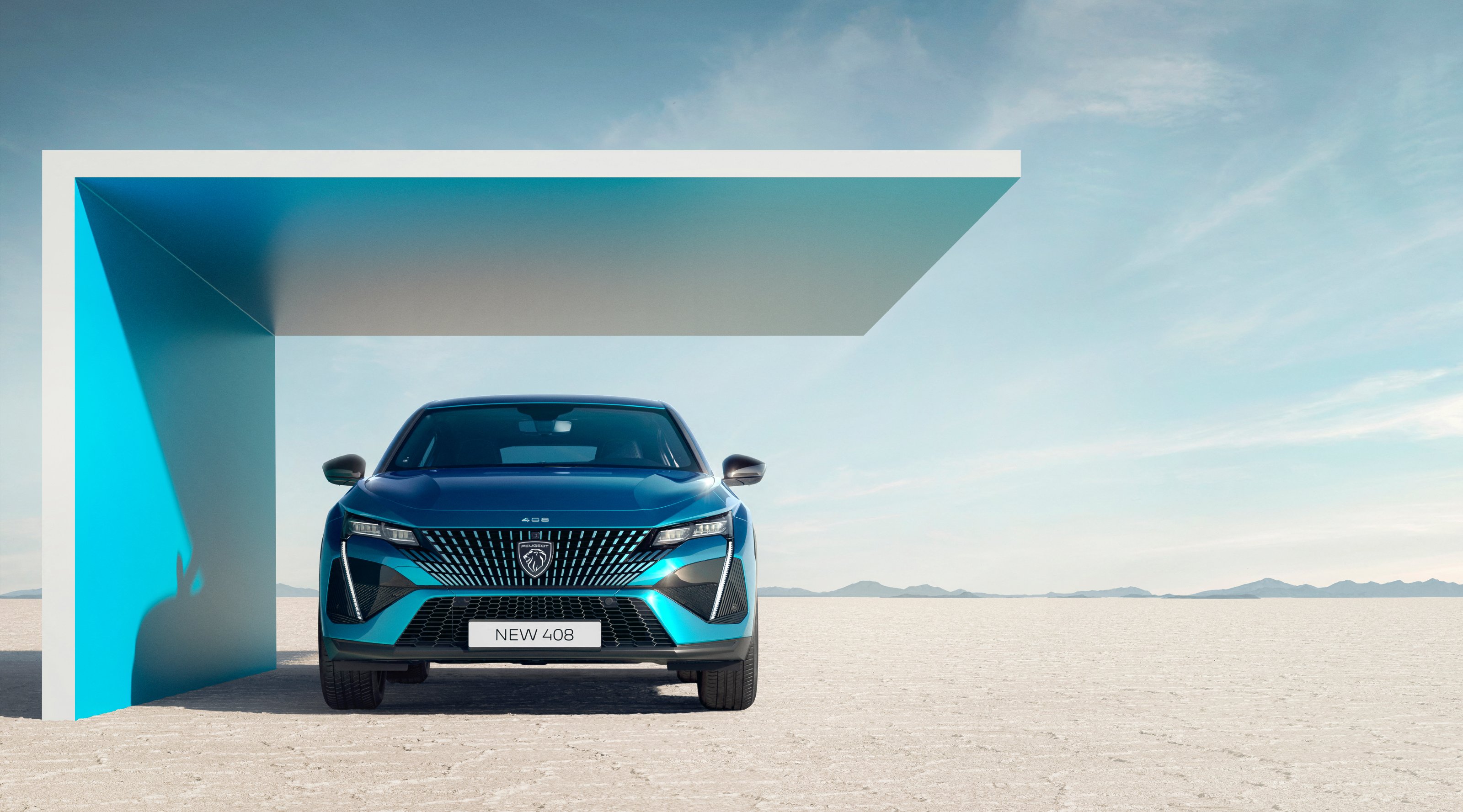
Unlike the C5 X, which majors on soft, smooth comfort, the 408 is a bit sparkier, with sharper handling and a sport mode that adds noticeable zip. The latter is bolstered by the hybrid system, which aids acceleration and adds an electric-only mode for short spells of zero-emission driving. The Peugeot is also more expensive than the Citroën. These days, both brands belong to Stellantis, although they have a shared history that dates back to the 1970s.
The 408 is a very easy car to live with, despite its relatively large scale. It’s handsomely proportioned, and controls and functions inside fall quickly and instinctively to hand. The swooping rear lines conceal a spacious boot, and the driving refinement is excellent, even if it’s not quite the screaming animal that Peugeot’s feline or leonine imagery (both visual and lyrical) make it out to be.
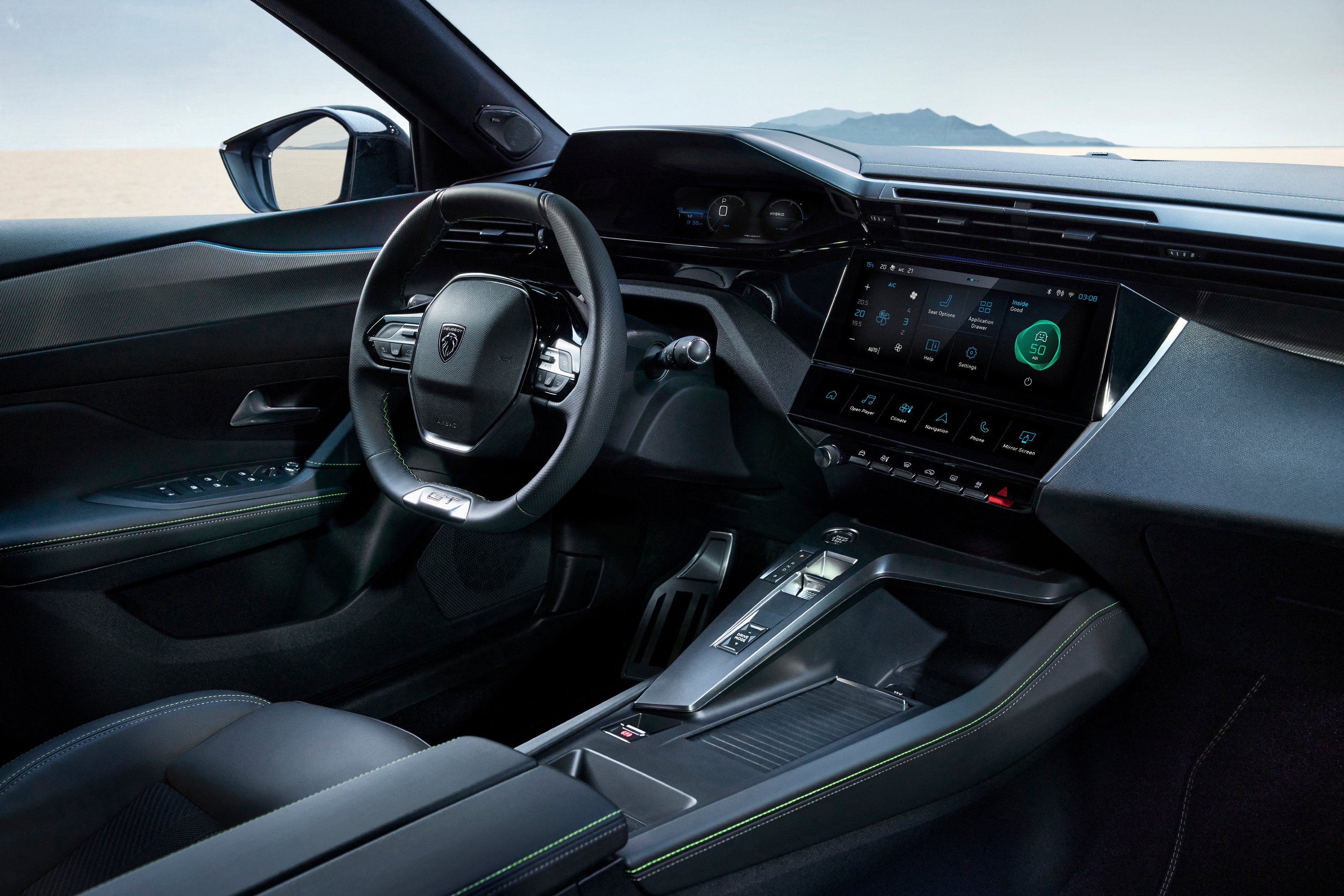
That cat-like attitude was conjured up with a few clever strokes of the pen by design studios like Pininfarina, which was responsible for the first of the cat-like Peugeot frontal treatments with the 204 back in 1965. It was a look that lasted for decades, ultimately succumbing to the modish blobbery of noughties car design, before roaring back in the past decade.
Receive our daily digest of inspiration, escapism and design stories from around the world direct to your inbox.
There’s perhaps a little bit too much going on in the 408’s front end, with different forms and textures swooping and diving over and above one another. Despite this, it is undeniably cut from the same cloth that has shaped Peugeot for half a century, and for that we should be grateful.

Peugeot 408 Plug-in Hybrid 225 in GT trim level, from £34,650, Peugeot.co.uk
Jonathan Bell has written for Wallpaper* magazine since 1999, covering everything from architecture and transport design to books, tech and graphic design. He is now the magazine’s Transport and Technology Editor. Jonathan has written and edited 15 books, including Concept Car Design, 21st Century House, and The New Modern House. He is also the host of Wallpaper’s first podcast.
-
 Step into a winter wonderland at this snow-covered St Moritz chalet
Step into a winter wonderland at this snow-covered St Moritz chaletA Swiss chalet reimagines Alpine living through serene architecture and Molteni&C’s refined, contemporary furnishings
-
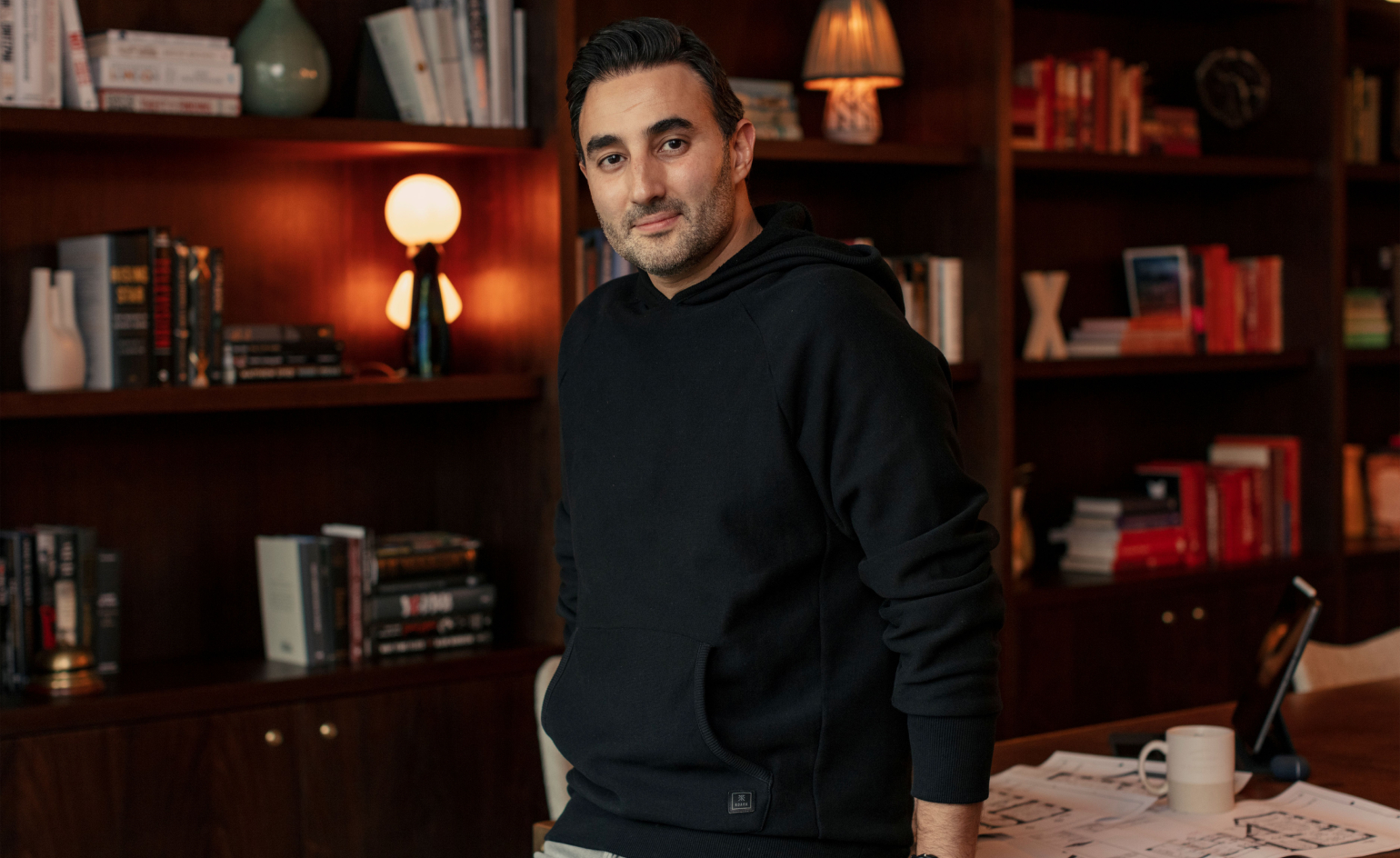 Wallpaper* Design Awards: why Sharan Pasricha is 2026’s Best Host
Wallpaper* Design Awards: why Sharan Pasricha is 2026’s Best HostWe salute the Indian-born, London-based hospitality entrepreneur who can’t stop thinking about ways to upgrade how we live, work and connect
-
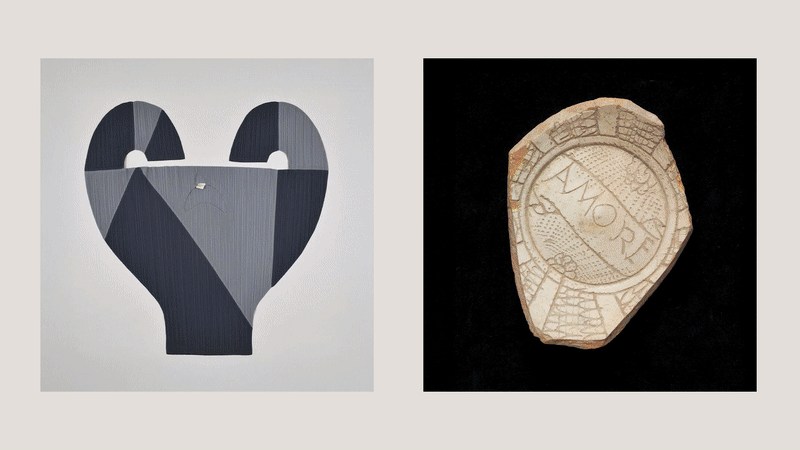 Wallpaper* Design Awards: London’s V&A East Storehouse is Launch of the Year 2026
Wallpaper* Design Awards: London’s V&A East Storehouse is Launch of the Year 2026Designed by Diller Scofidio + Renfro, the V&A family’s latest outpost turns the museum concept on its head, offering a revolutionary peek into the daily life of the institution’s Wunderkammer of a collection
-
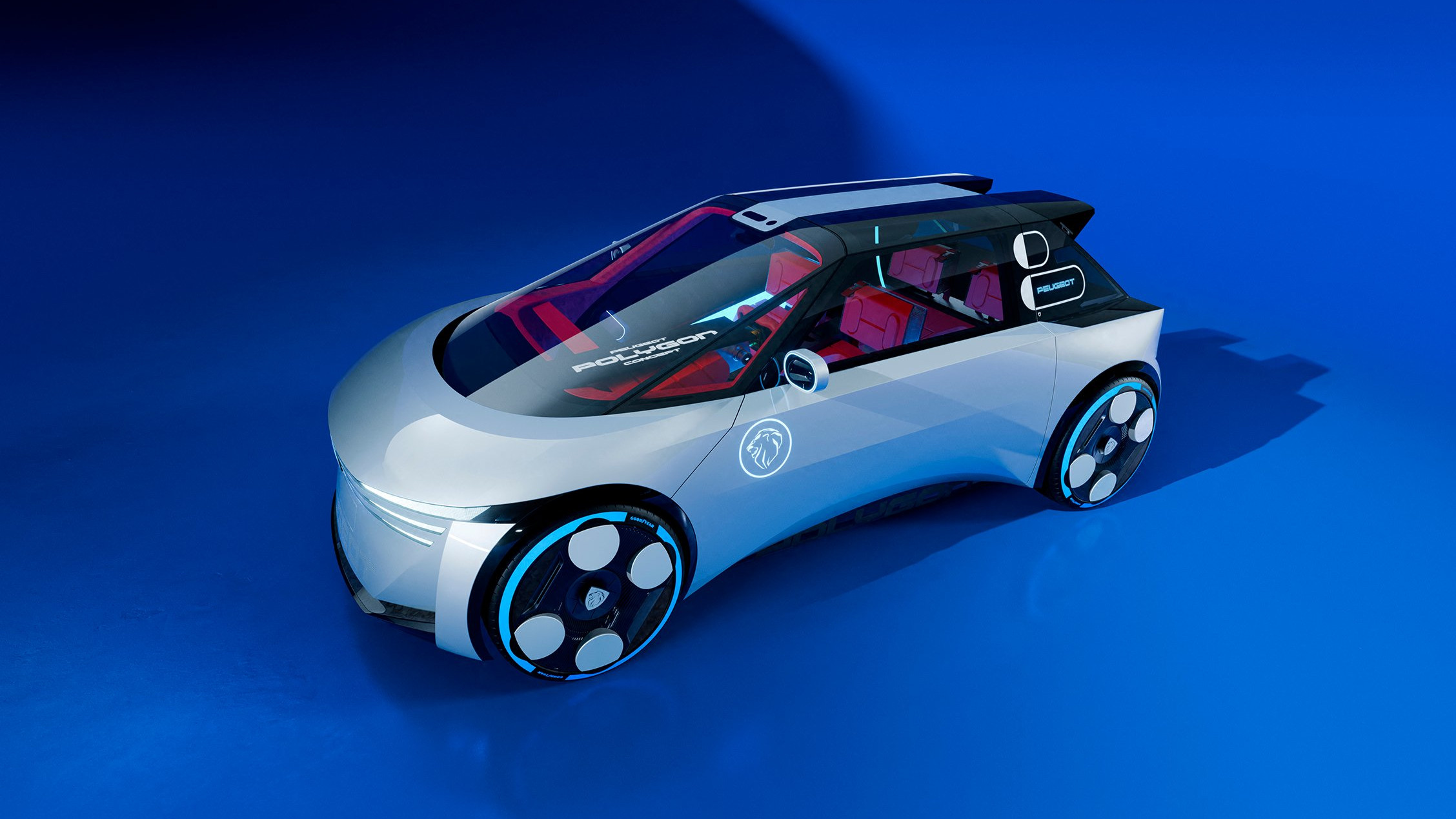 Peugeot's Polygon Concept city car of tomorrow exists in the frantic online world of Fortnite
Peugeot's Polygon Concept city car of tomorrow exists in the frantic online world of FortnitePeugeot pitches its new design language to the gaming community with a concept car designed for virtual worlds
-
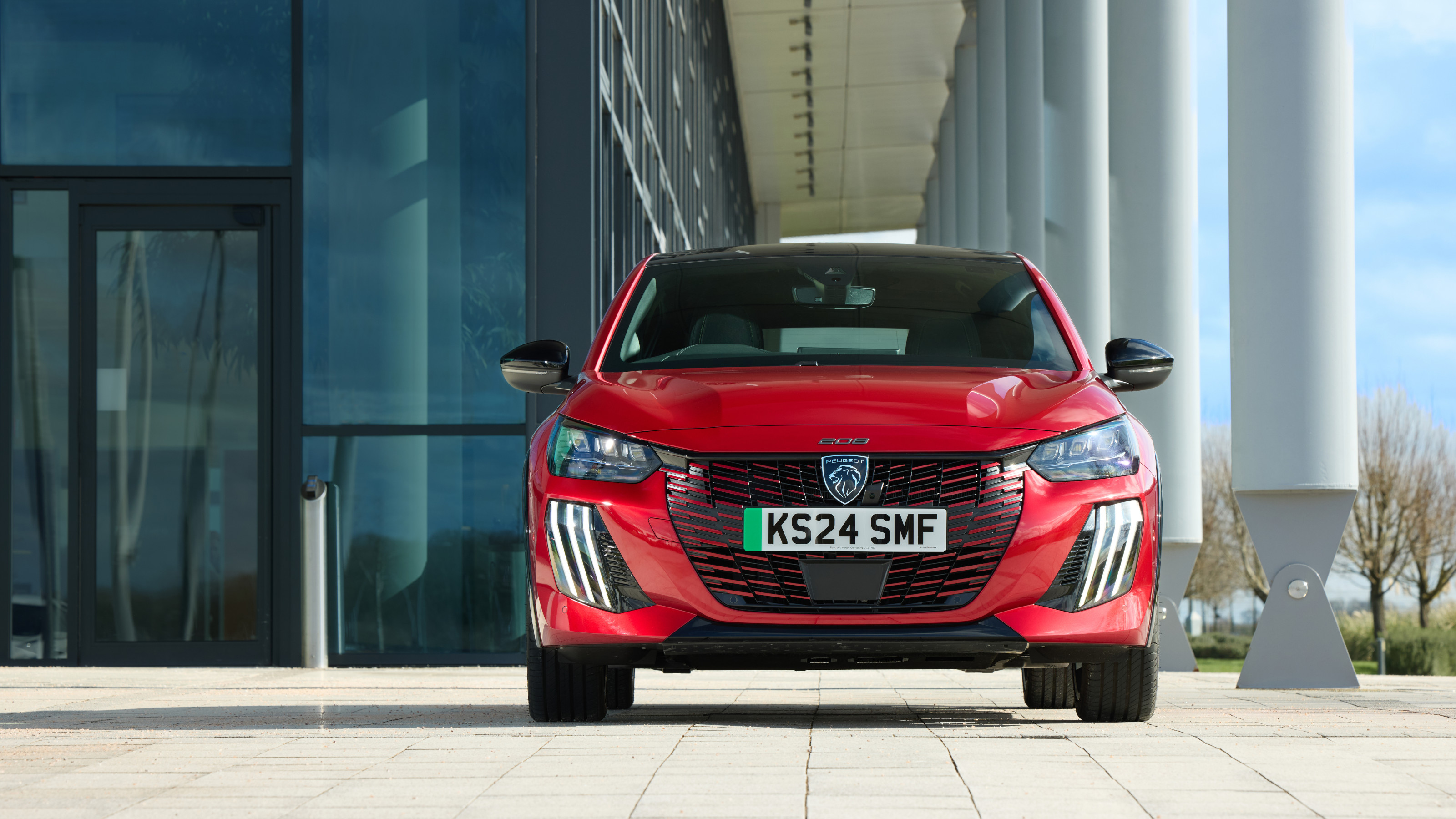 Is Peugeot’s smallest EV also its best? The pros and cons of the E-208 GT
Is Peugeot’s smallest EV also its best? The pros and cons of the E-208 GTThe Peugeot E-208 GT is a compact electric car with character and style, if not class-leading specifications
-
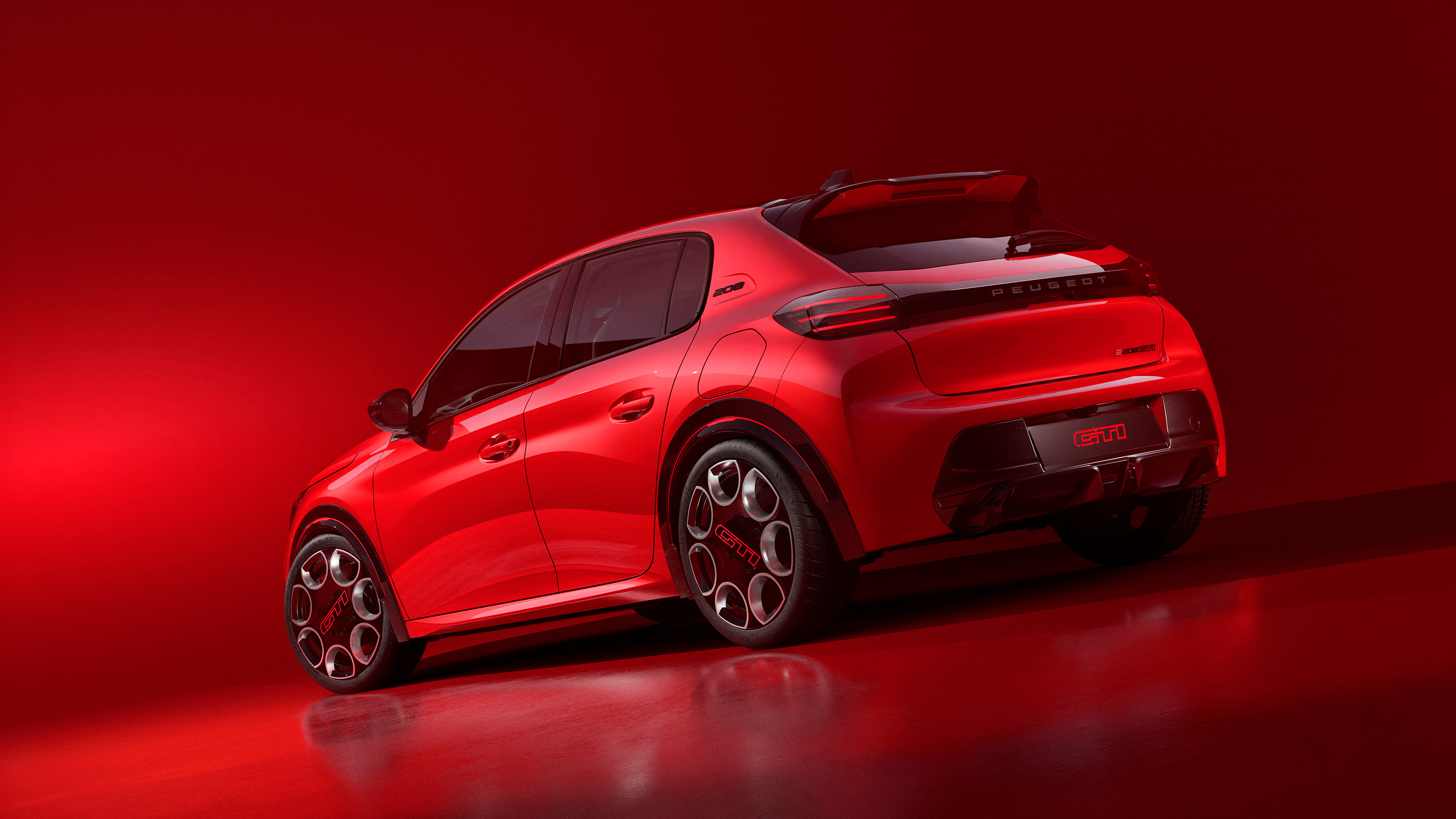 Peugeot brings back a classic performance badge for the electric era: meet the E-208 GTi
Peugeot brings back a classic performance badge for the electric era: meet the E-208 GTiPeugeot has unveiled the new E-208 GTi, a performance EV designed to hark back to a golden age of compact sports cars
-
 The Peugeot E-5008 is an adept but ostentatious take on the all-electric SUV
The Peugeot E-5008 is an adept but ostentatious take on the all-electric SUVPeugeot has swapped its seductive design language for something shoutier and less discrete as it attempts to conquer the electric SUV segment with the new E-5008
-
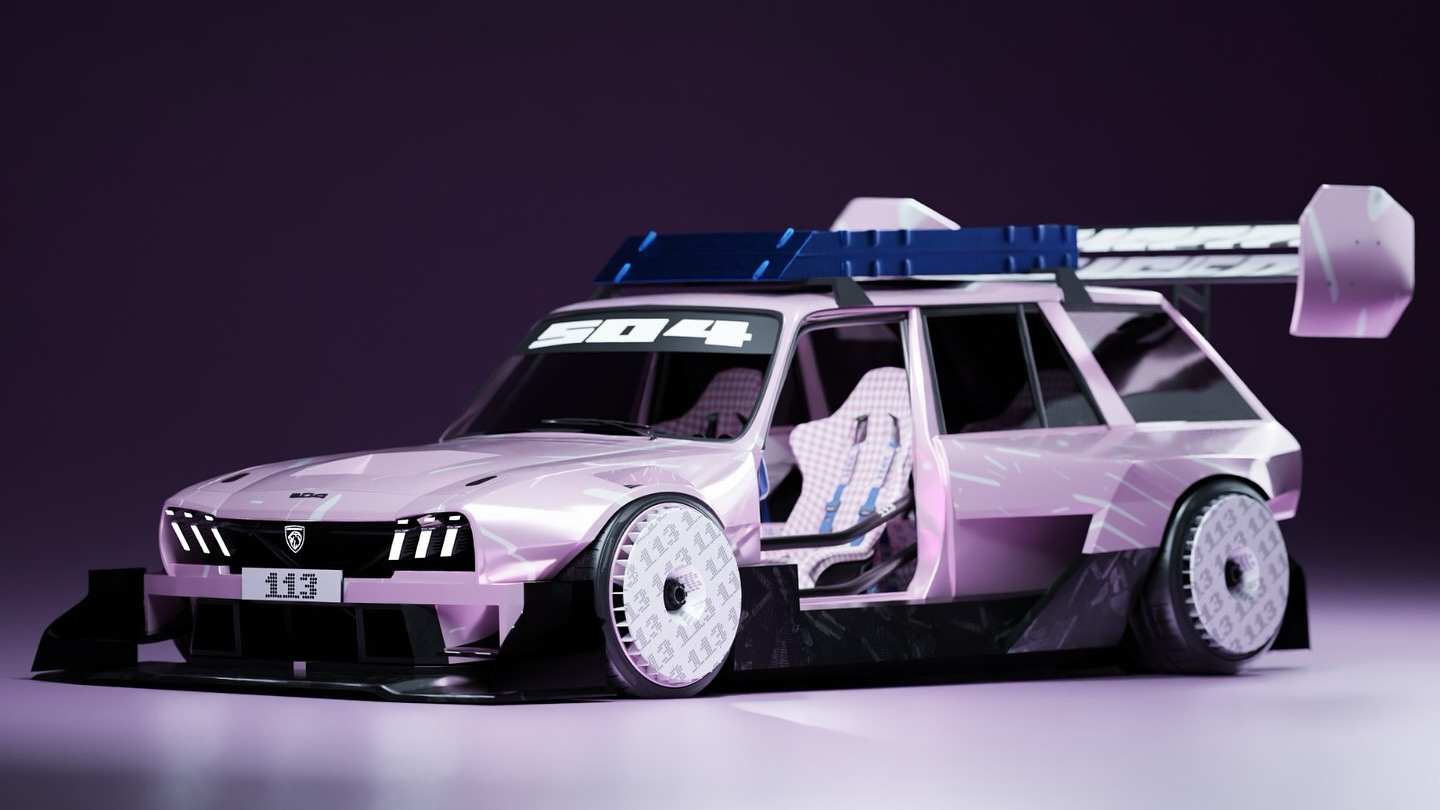 The 504 Pikes Peak is Peugeot Design Lab’s radical reinvention of the classic family wagon
The 504 Pikes Peak is Peugeot Design Lab’s radical reinvention of the classic family wagonPeugeot unveils a trio of concept cars that celebrate history, music and design, with in-car vinyl, carbon bodywork and outrageous performance
-
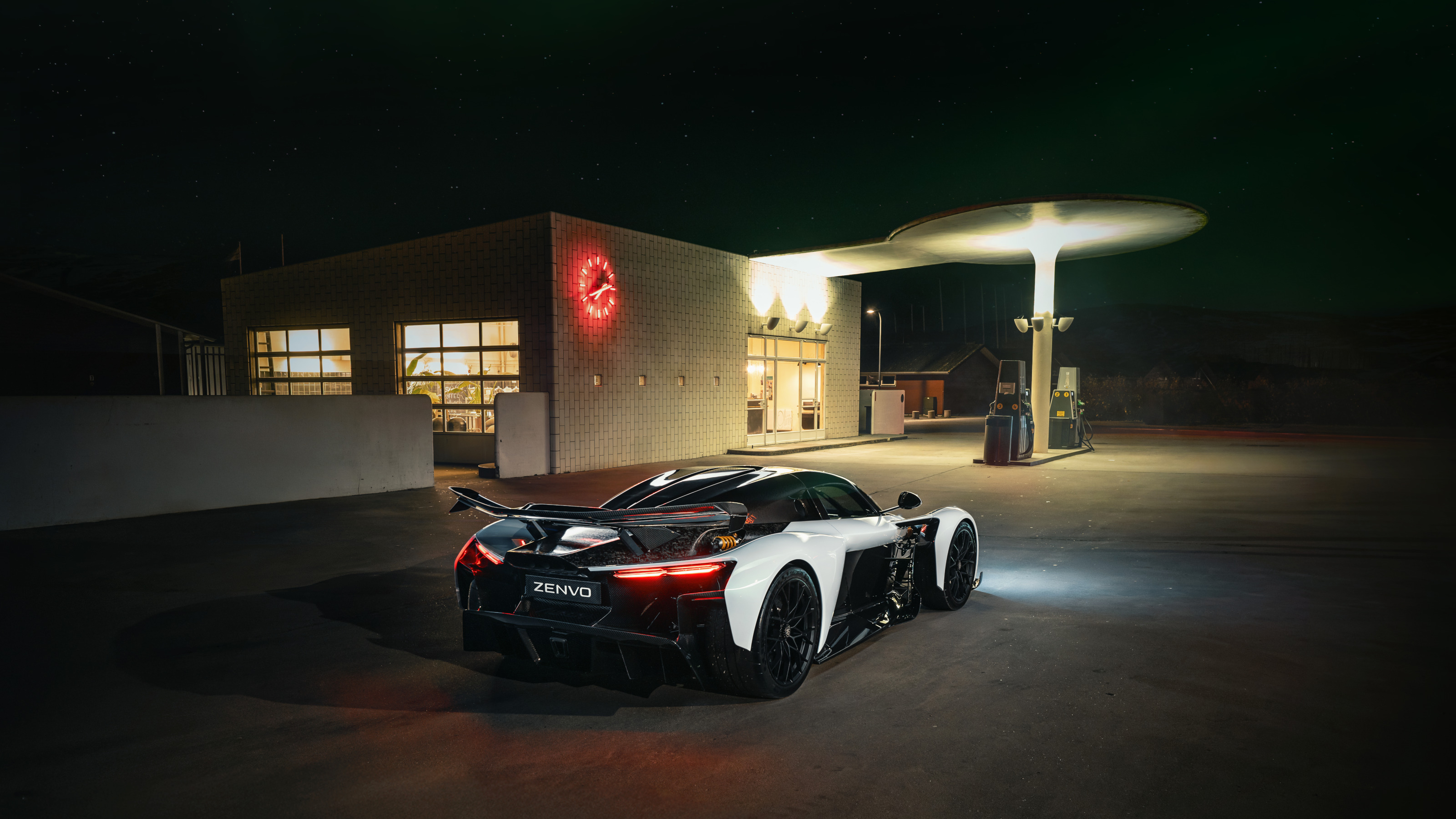 Danish manufacturer Zenvo Automotive’s Aurora is the true enthusiast’s hybrid hypercar
Danish manufacturer Zenvo Automotive’s Aurora is the true enthusiast’s hybrid hypercarZenvo Automotive dovetails Danish design culture with a love of high-end engineering and exceptional performance. We talk to the company’s Jens Sverdrup about its newest machine, the Aurora
-
 Yves Béhar gives striking shape and form to this new hybrid-electric catamaran concept
Yves Béhar gives striking shape and form to this new hybrid-electric catamaran conceptSolsea is a concept catamaran from Italian shipyard Rossinavi, blending zero emission cruising with design by Yves Béhar
-
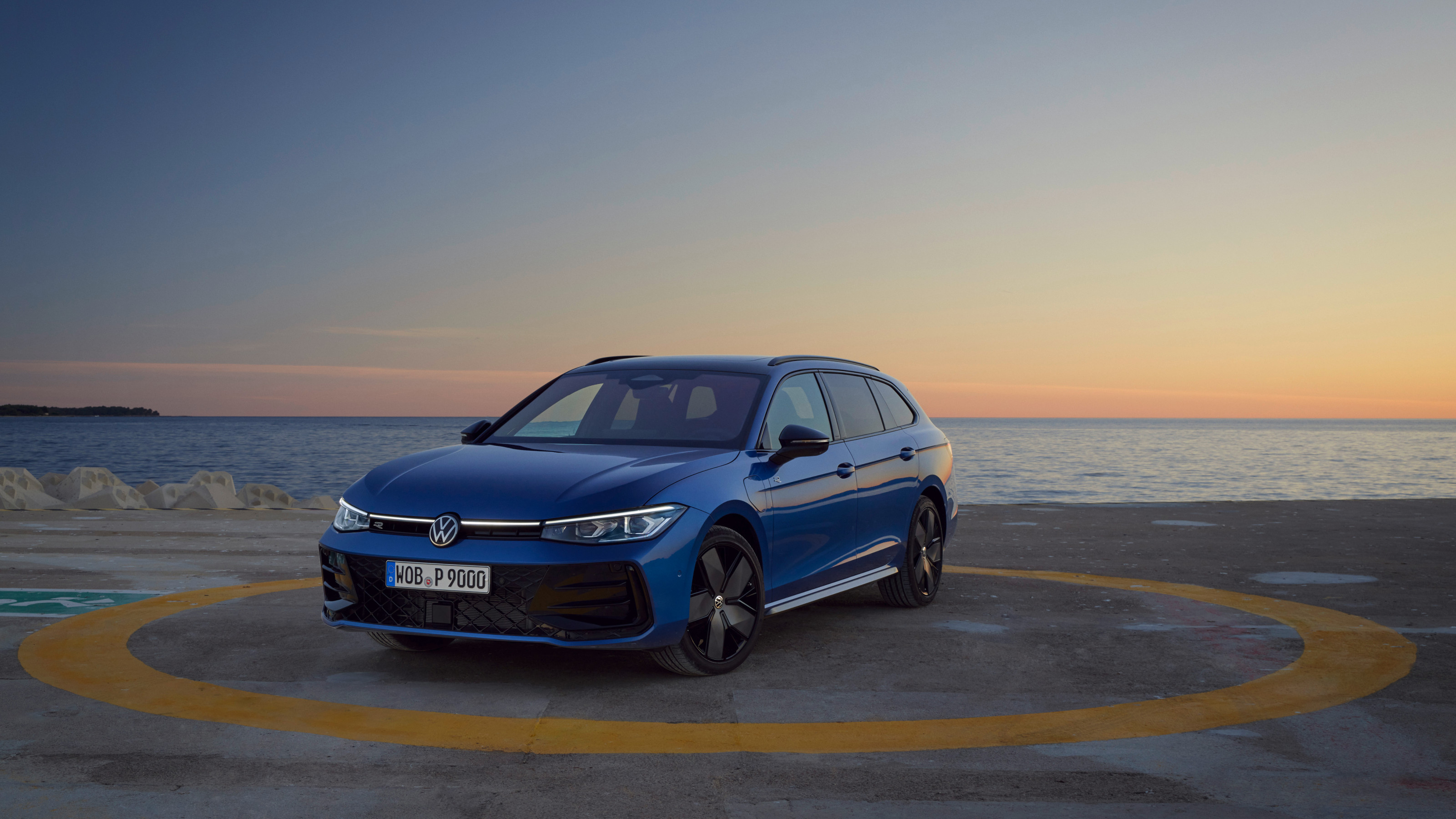 The Volkswagen Passat is a sober, straight edged estate car that feels increasingly out of time
The Volkswagen Passat is a sober, straight edged estate car that feels increasingly out of timeWhy would anyone pass on a Passat? Volkswagen’s big load lugger proves that the old ideas are still the best